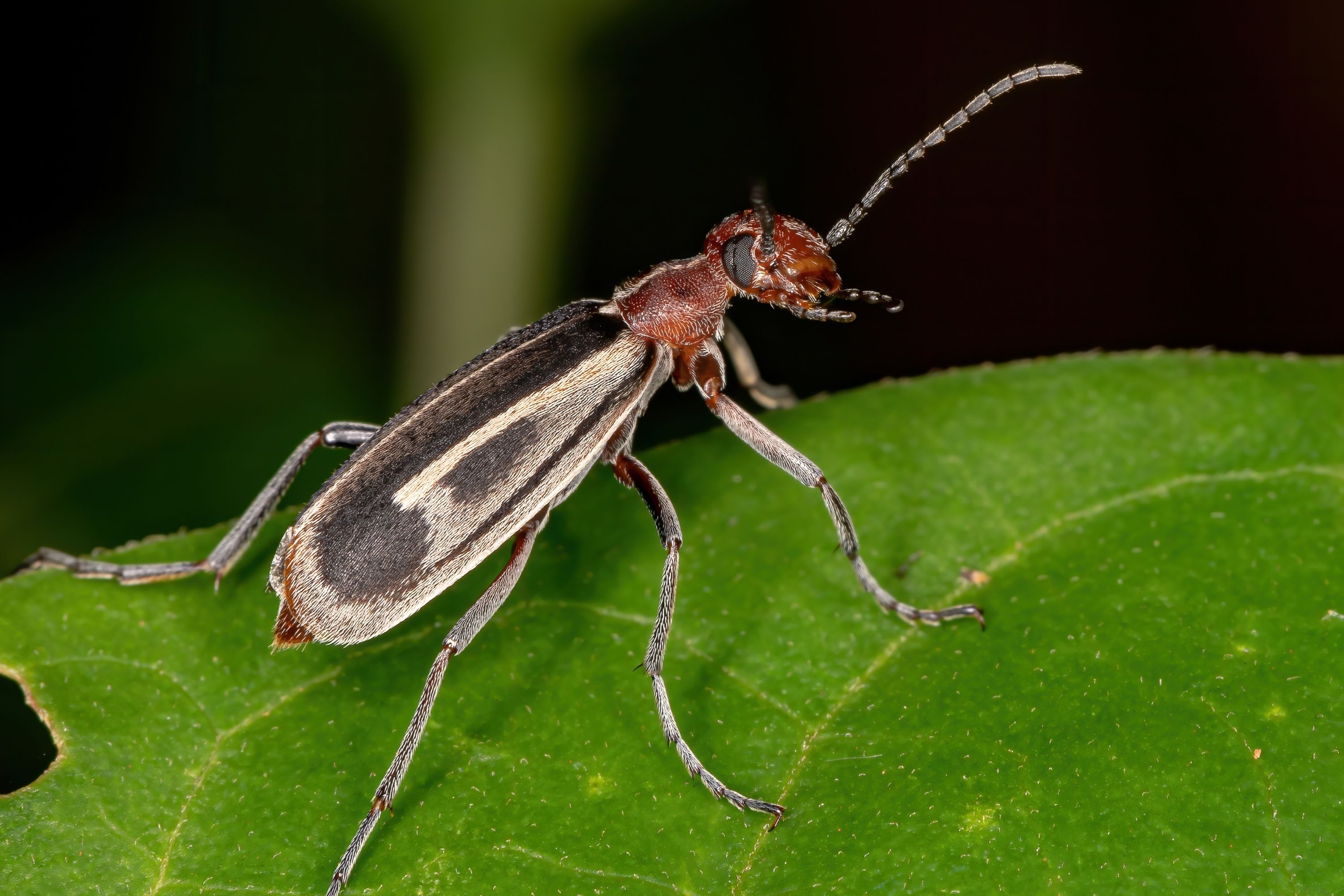Striped blister beetle
(Epicauta vittata)

Description
Epicauta vittata is a species of beetle in the family Meloidae, the blister beetles. It is native to eastern North America, including eastern Canada and the eastern United States. It is known commonly as the striped blister beetle and the old-fashioned potato beetle. It is known as an agricultural pest. The adult beetle is 9 to 17 millimeters long. It is long and slender, with a hairy, punctate body. The thorax is narrower than the head and abdomen. It is black and yellow, its color pattern varying across its geographical range. It has two black spots on the head, two black stripes on the thorax, and two or three black stripes on each elytron. Beetles from northern populations have two elytral stripes, and southern beetles have three. The larva, which is a triungulin, changes in appearance as it develops. The new larva is whitish and has long legs that allow it to be mobile. During this more mobile stage, it parasitizes a grasshopper egg case. From there, it becomes a sedentary grub. When it becomes a sedentary grub it darkens to a reddish-brown color with darker bands, and the legs shrink. Many blister beetles have a complex developmental cycle in which the larva and pupa experience drastic changes in morphology between growth phases. There are one or two generations per year, with peak abundance of adults in the summer, or slightly earlier in more hospitable climate types. The adult female produces eggs about every 10 days. It deposits them in masses of 100 to 200 in a tubular chamber a few centimeters deep in the soil, then covers them. The eggs are whitish and about 2 millimeters long. They hatch within 16 days. The functional legs of the new larva allow it to seek its food, the egg of a grasshopper. As it feeds and develops at its food source, its legs become reduced. The striped blister beetle is associated with grasshopper species that produce large egg-pods, such as the two-striped grasshopper (Melanoplus bivittatus) and differential grasshopper (Melanoplus differentialis). The adult beetle is most active during the morning and late afternoon hours, when it feeds on plants. During the heat of mid-day it seeks shelter, and in hot, dry climates it may only be active in the evening. Its preferred host plants are anything solanaceous, and other plants including amaranths (genus Amaranthus).
Taxonomic tree:







